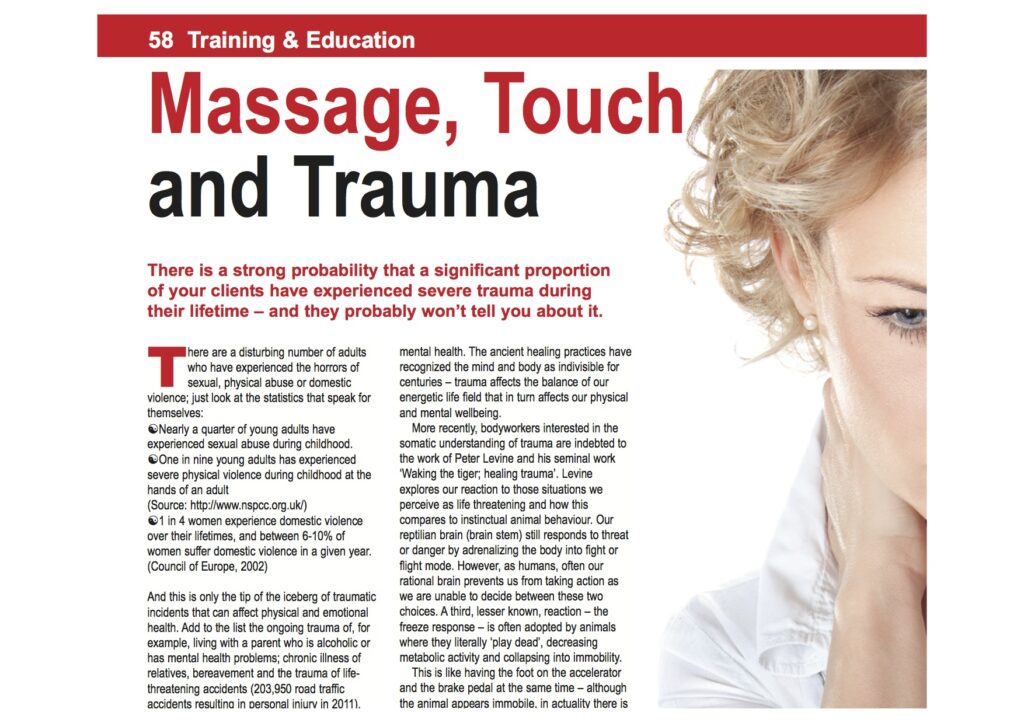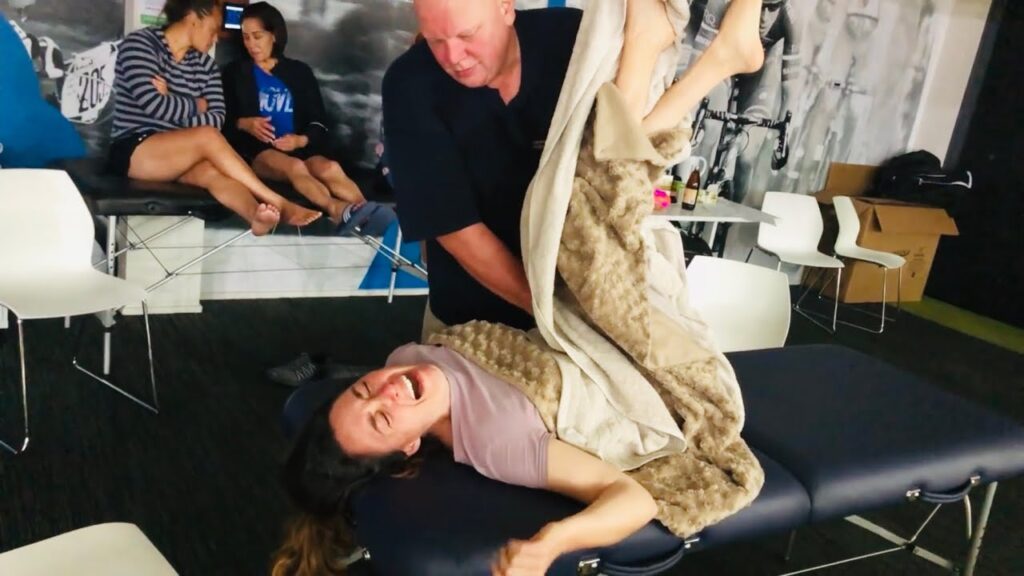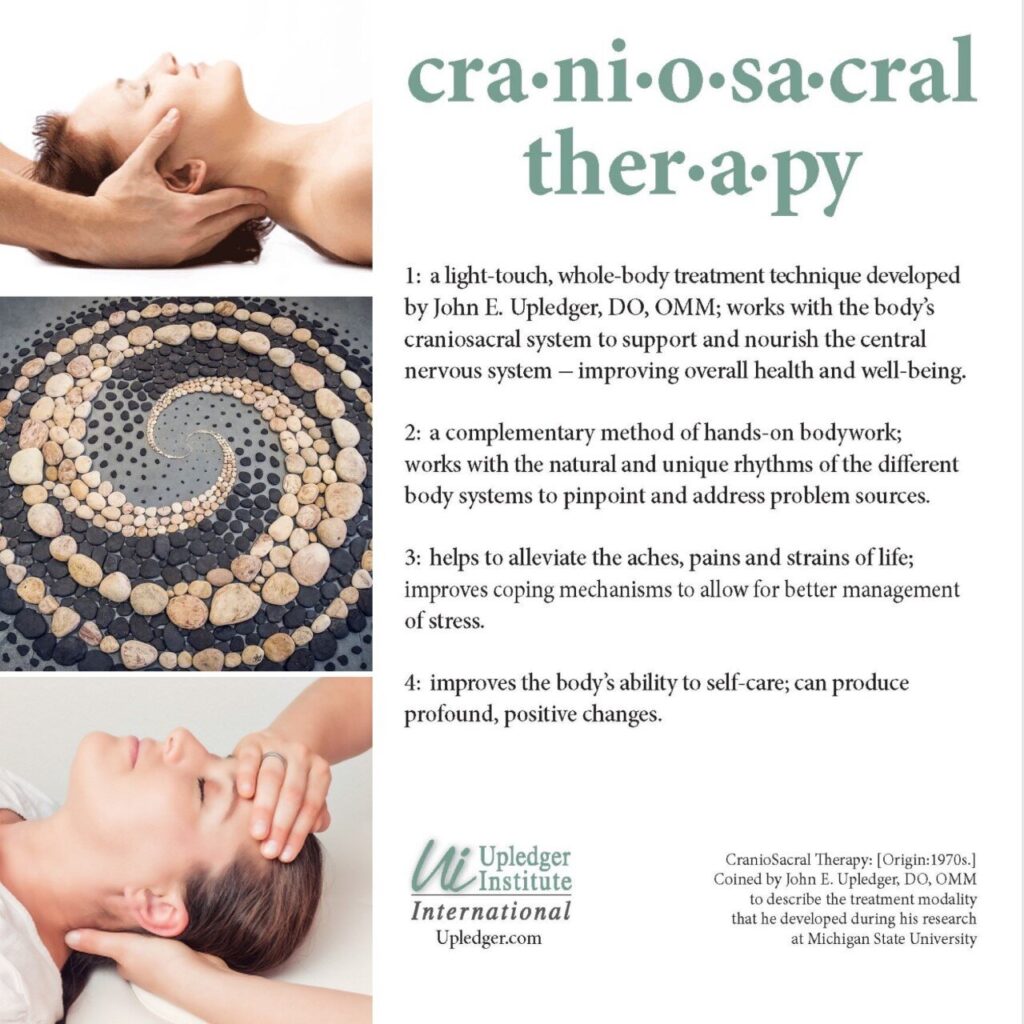In this article, you will learn about the different types of massages that can help release trauma. Whether you are a massage therapist or someone looking for ways to heal and relax, understanding the benefits of specific massage techniques can be valuable. We, as a blog dedicated to all things massage-related, aim to provide you with insights and information to enhance your wellbeing and help others along the way.
When it comes to releasing trauma through massage, there are several options to consider. One effective technique is called trauma-informed massage, which focuses on creating a safe and nurturing environment to address the emotional and physical aspects of trauma. Another approach is somatic experiencing, which combines touch therapy with verbal dialogue to allow the body to process and release stored trauma. By exploring these different modalities, you can discover the power of touch and how it can aid in the healing process.

This image is property of surgicalalternative.com.
Understanding Trauma
Trauma is a deeply distressing or disturbing experience that overwhelms an individual’s ability to cope. It can have a profound impact on both the body and mind, leading to a wide range of symptoms and difficulties. Traumatic experiences can be categorized into different types, such as physical assault, sexual abuse, natural disasters, or witnessing a violent event. Regardless of the specific type, trauma can result in symptoms such as hypervigilance, anxiety, flashbacks, nightmares, and emotional numbing.
The Therapeutic Effects of Massage
Massage therapy has been found to be a powerful tool in addressing trauma and promoting healing. Through touch and physical manipulation, massage can help release tension and stress stored in the body, allowing for a sense of relaxation and relief. The therapeutic effects of massage extend beyond the physical, as it can also provide emotional support and stability.
Modalities for Trauma Release
Different massage modalities can be utilized to address trauma and its effects on the body. Deep tissue massage focuses on releasing tension and trauma from deep within the muscles and connective tissues. By applying firm pressure, the therapist can uncover and release deep-seated trauma.
Craniosacral therapy, on the other hand, uses gentle techniques to address trauma resolution. By focusing on the craniosacral system, which includes the brain and spinal cord, this modality aims to restore balance and promote healing.
Myofascial release is another effective modality for trauma release. It targets the fascia, a web-like connective tissue that covers muscles and organs. Trauma can be stored in the fascia, leading to pain and restrictions in movement. By applying sustained pressure and stretches, myofascial release can help release trauma stored in this tissue.
Benefits of Massage for Trauma
Massage therapy for trauma can provide numerous benefits. One of the primary benefits is the reduction of anxiety and stress. The soothing touch and calming environment of a massage session can help individuals feel relaxed and grounded, enabling them to better manage their anxiety.
Massage also facilitates emotional release. Trauma can be stored in the body, and through massage, suppressed emotions and memories can surface. The therapist provides a safe space for clients to express and release these emotions, leading to a sense of catharsis and emotional healing.
In addition, massage improves body awareness and grounding. Trauma often leads to a disconnection between the body and mind. By focusing on the physical sensations during a massage session, individuals can regain a sense of connection and presence in their bodies.

This image is property of www.jingmassage.com.
Contraindications and Precautions
While massage therapy can be highly beneficial for trauma release, there are certain situations where it may not be suitable. It is essential for massage therapists to identify contraindications and work collaboratively with clients to ensure a safe and effective session.
Some contraindications include acute trauma, severe mental health conditions, and certain medical conditions. In cases of acute trauma, it is crucial for individuals to receive appropriate medical attention before considering massage therapy. Severe mental health conditions may require specialized care from mental health professionals before incorporating massage into the treatment plan. Additionally, certain medical conditions, such as infections or open wounds, may require modifications to the massage techniques used.
Trauma-Informed Massage Practices
To ensure the safety and well-being of clients, it is important for massage therapists to practice trauma-informed care. This involves creating a safe and supportive environment where individuals feel comfortable and understood. It is essential to establish clear boundaries, maintain confidentiality, and provide informed consent throughout the therapeutic process.
Integrating mindfulness and breathwork into massage sessions can also enhance the trauma-informed approach. Mindfulness techniques, such as focusing on the present moment and observing sensations without judgment, can help individuals develop a greater sense of self-awareness and regulate their emotions. Incorporating breathwork techniques, such as deep breathing or sighing, can further promote relaxation and release.
It is crucial for massage therapists to adapt techniques to accommodate individual needs. Every client’s experience with trauma is unique, and their preferences and comfort levels must be taken into consideration. Communication and consent are paramount throughout the session, allowing clients to voice any concerns or discomfort in real-time.

This image is property of www.jingmassage.com.
Client Experiences and Testimonials
Hearing firsthand accounts of individuals who have benefited from trauma-focused massage can be incredibly insightful. Case studies showcasing successful outcomes can provide a glimpse into the transformative potential of massage therapy for trauma. These narratives serve as a reminder of the healing power of touch and the supportive role massage can play in an individual’s journey towards recovery.
Collaboration with Mental Health Professionals
Recognizing the importance of a multidisciplinary approach, building partnerships with therapists and counselors is crucial. Massage therapists and mental health professionals can work together to create a comprehensive treatment plan that addresses both the physical and emotional aspects of trauma. By sharing insights and collaborating, professionals can provide individuals with a holistic approach to healing.

This image is property of i.ytimg.com.
Legal and Ethical Considerations
In the context of trauma release massage, it is essential to understand and adhere to legal and ethical considerations. Massage therapists must establish and maintain clear boundaries with their clients, ensuring that the therapeutic relationship remains professional and respectful. Confidentiality is of utmost importance, as clients may disclose sensitive information during the session. Obtaining informed consent from clients is essential, allowing them to make well-informed decisions about their treatment.
Conclusion
Massage therapy has the potential to release trauma stored in the body and promote healing. By addressing trauma’s impacts on the body and mind, massage can help individuals reduce anxiety and stress, promote emotional release, and improve body awareness and grounding. Through modalities such as deep tissue massage, craniosacral therapy, and myofascial release, individuals can experience transformative effects.
To ensure the safety and effectiveness of trauma-focused massage, it is important to consider contraindications and work collaboratively with clients. Creating a trauma-informed environment that integrates mindfulness, breathwork, and individualized techniques is key. Collaboration with mental health professionals and adherence to legal and ethical considerations further enhance the therapeutic process. Ultimately, trauma-release massage empowers individuals to heal and move forward on their healing journey.

This image is property of images.squarespace-cdn.com.
